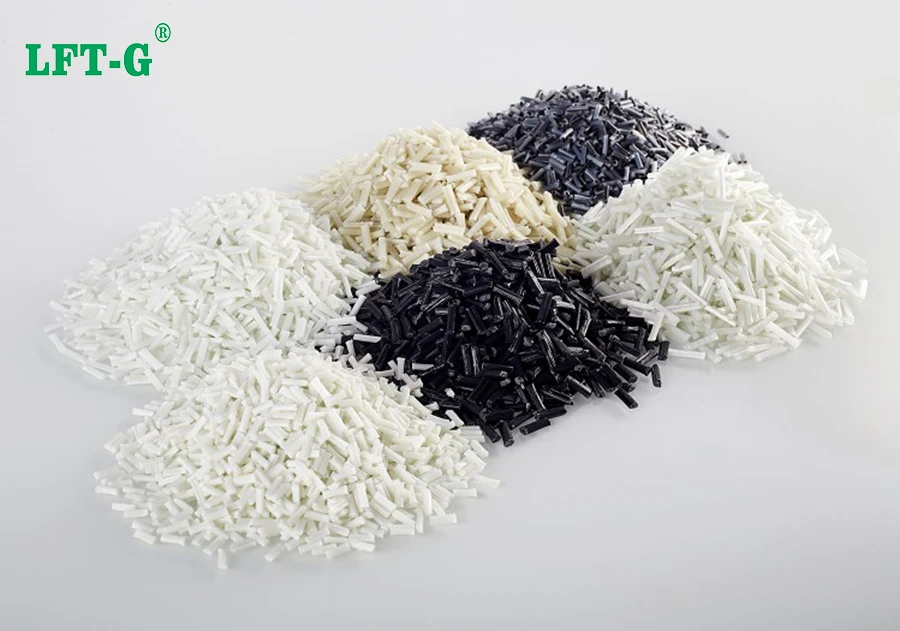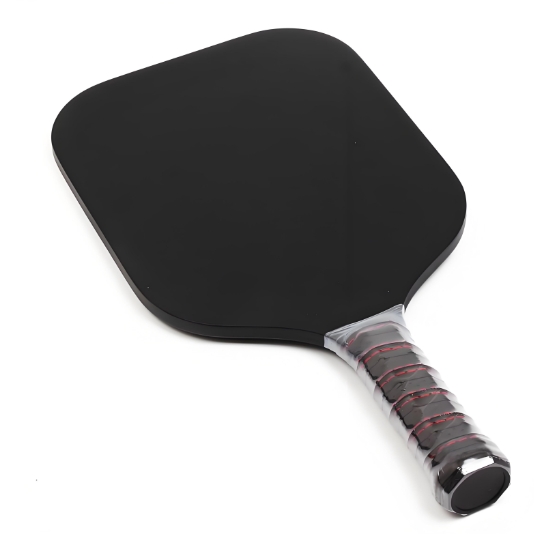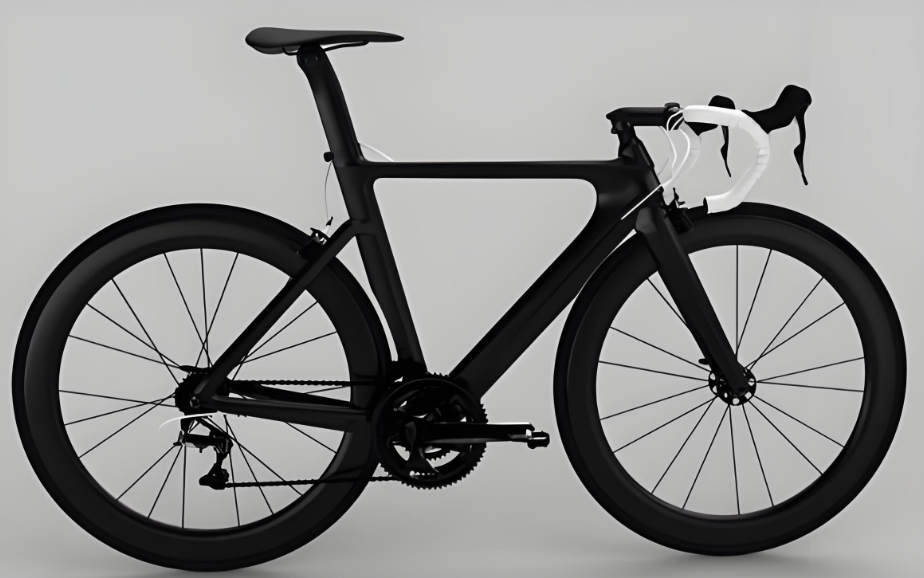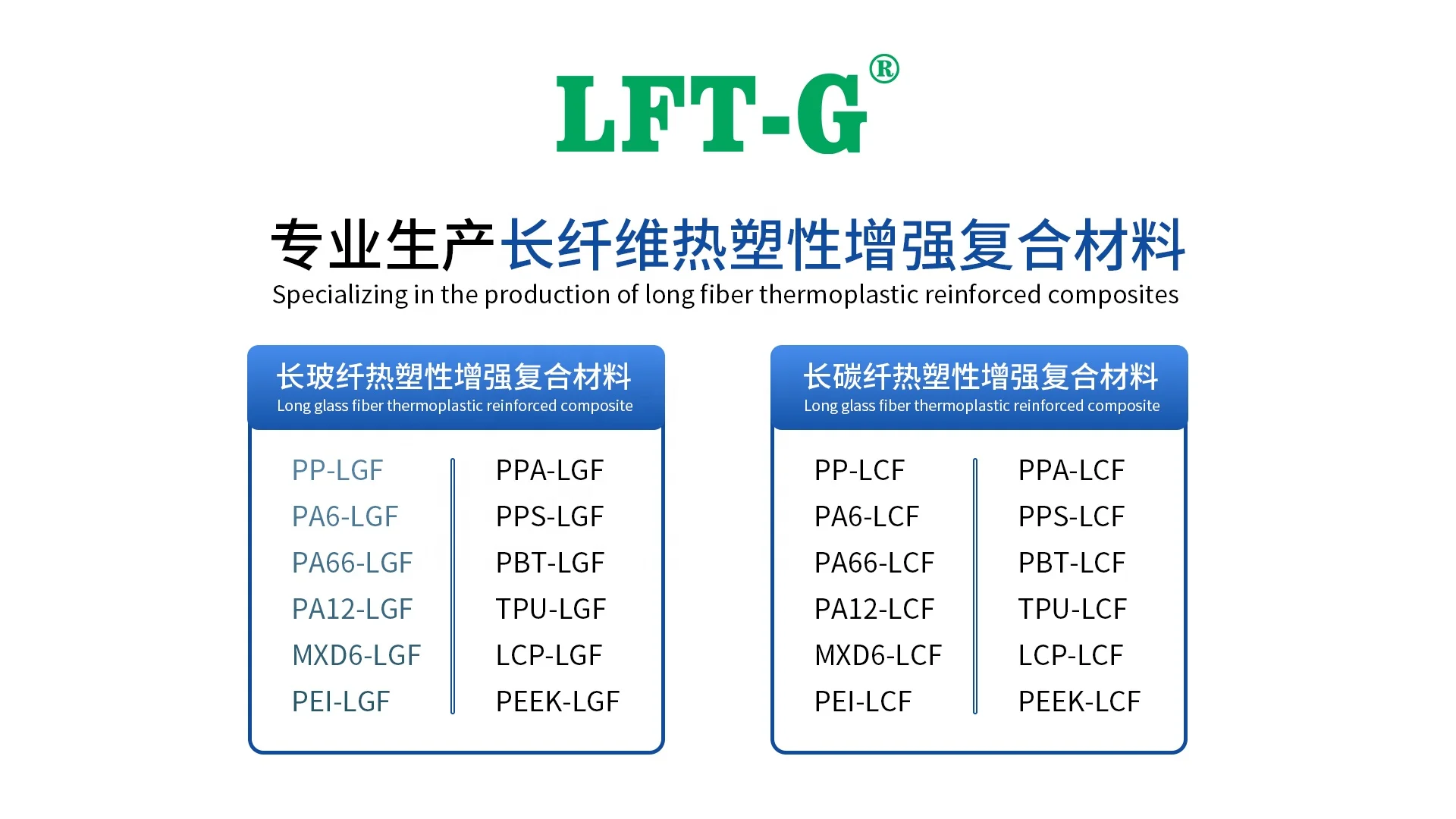nuovo blog

1. Introduzione
Le dimensioni del mercato e la varietà delle attrezzature sportive continuano ad espandersi, offrendo più scelte per la salute e la vita ricreativa delle persone. Allo stesso tempo, anche la ricerca e l'applicazione dei materiali compositi hanno fatto notevoli progressi, portando innovazione e scoperte in tutti gli ambiti della vita.
All'intersezione di questi due campi, diventa un importante argomento di ricerca esplorare la domanda e la tendenza dei materiali compositi per le attrezzature sportive.
Mentre l'entusiasmo delle persone per lo sport e il fitness continua a crescere, la domanda di attrezzature sportive mostra una tendenza diversificata e personalizzata. Dalle tradizionali attrezzature per l'allenamento aerobico alle attrezzature per il fitness intelligente ad alta tecnologia, sul mercato è emersa un'ampia varietà di prodotti.
Tuttavia, con la continua evoluzione e innovazione delle attrezzature sportive, anche i requisiti in termini di prestazioni dei materiali stanno aumentando.
Allo stesso tempo, la ricerca e l’applicazione dei materiali compositi hanno fatto grandi progressi. I materiali compositi sono stati ampiamente preoccupati per le loro eccellenti proprietà, le diverse funzioni e gli ampi campi di applicazione. Dai materiali compositi ad alta resistenza ai nanomateriali leggeri, dagli elastomeri flessibili ai materiali anticorrosivi resistenti all'usura, i nuovi materiali chimici hanno portato innovazioni e scoperte rivoluzionarie in tutti i ceti sociali.
In questo documento, il potenziale e le prospettive applicative dei materiali compositi nel soddisfare i requisiti di leggerezza, elevata resistenza, resistenza all'usura e durata delle attrezzature sportive vengono discussi in modo approfondito, in modo da fornire al settore una comprensione completa della domanda e andamento dei materiali compositi per attrezzature sportive, e fornire riferimenti utili per la ricerca e lo sviluppo futuri.

2. Analisi della domanda di attrezzature sportive per materiali compositi
2.1 Domanda di materiali leggeri e ad alta resistenza per attrezzature sportive
Il peso dell'attrezzatura sportiva è fondamentale per il trasporto e la movimentazione degli atleti.
Attrezzature più leggere possono ridurre il carico sugli atleti e migliorare la loro mobilità e flessibilità, con conseguente miglioramento delle prestazioni in competizione.
Per lunghi periodi di allenamento e competizione sportiva, attrezzature più leggere possono ridurre l'affaticamento e aumentare il comfort, migliorando la resistenza degli atleti.
Inoltre, poiché le attrezzature sportive possono resistere a forze e urti maggiori quando sottoposte ad attività sportive, esiste una forte richiesta di materiali con elevata resistenza e durata.
I materiali ad alta resistenza possono sopportare carichi e sollecitazioni maggiori, riducendo il rischio di deformazione e rottura dell'attrezzatura, migliorando così l'affidabilità e la durata dell'attrezzatura.
2.1.1 Casi applicativi
Un composito ad alte prestazioni è un materiale leggero costituito da una combinazione di due o più diversi tipi di materiali. I compositi comuni includono il polimero rinforzato con fibra di carbonio (CFRP) e il polimero rinforzato con fibra di vetro (GFRP).
Questi materiali hanno un'eccellente resistenza e rigidità, pur essendo leggeri, e sono ampiamente utilizzati nella produzione di attrezzature sportive ad alte prestazioni come mazze da golf, telai di biciclette e snowboard.
Le racchette da tennis, da badminton e le racchette da ping pong realizzate in materiali compositi epossidici rinforzati con fibra di carbonio sono leggere e poco rigide, il che può ridurre la deviazione del tempo di contatto tra la palla e il piatto racchetta. Allo stesso tempo, un buon smorzamento aiuta a prolungare il tempo di contatto tra il giocatore e la palla, in modo che la palla che colpisce possa ottenere una maggiore accelerazione.
Studi pertinenti mostrano che il tempo di contatto tra la racchetta da tennis e la pallina in materiale composito epossidico rinforzato con fibra di carbonio raggiunge 4,9 ms, che è quasi 1 ms superiore a quello della racchetta in acciaio, in modo che la massima velocità iniziale della pallina da tennis possa raggiungere i 161 km/h, ovvero quasi 16 km/h in più rispetto a quella della racchetta in acciaio. In questo modo i tennisti possono ottenere risultati sportivi ancora più eccellenti. Inoltre, l'applicazione di materiali compositi migliora significativamente la durata e la durata della racchetta.
2.2 Domanda di materiali resistenti all'usura e durevoli per le attrezzature sportive
Le attrezzature sportive spesso entrano in contatto con superfici come il terreno, i campi e le strade durante l'uso, quindi la richiesta di materiali resistenti all'usura è elevata.
I materiali resistenti all'usura possono resistere efficacemente all'attrito e all'usura, prolungare la durata dell'apparecchiatura e mantenerne la stabilità dell'aspetto e delle prestazioni.
Inoltre, l'attrezzatura sportiva è soggetta a frequenti urti, sollecitazioni e deformazioni durante l'allenamento e la competizione, quindi la richiesta di materiali durevoli è elevata.
I materiali durevoli possono resistere a grandi forze e urti, riducendo il rischio di deformazione, rottura e rottura dell'attrezzatura, prolungando così la durata dell'attrezzatura e migliorandone l'affidabilità.
2.2.1 Casi applicativi
Polimeri ad alte prestazioni con eccellente resistenza all'usura e durata sono ampiamente utilizzati nella produzione di attrezzature sportive.
I materiali in polietilene modificato sono ampiamente utilizzati nelle attrezzature sportive con palla e ghiaccio d'acqua, contribuendo a proteggere la resistenza agli urti, la resistenza al calore e le proprietà di assorbimento degli urti delle attrezzature sportive, fornendo al contempo una buona esperienza sportiva per garantire che gli atleti siano sicuri e senza infortuni .
I compositi avanzati combinano i vantaggi di diversi materiali con elevata resistenza all'usura e durata. Ad esempio, il tessuto in fibra di carbonio CNT-PDA/il materiale composito in resina epossidica ha un'eccellente resistenza all'usura, può mantenere eccellenti proprietà idrofobiche dopo l'attrito e l'usura, anche se la fibra di carbonio si rompe, l'effetto smorzante del materiale in resina epossidica può prevenire il guasto complessivo di il materiale; La presenza di fibra di carbonio può anche impedire che la fessura della resina epossidica continui ad espandersi, il che rappresenta un raro vantaggio nella produzione di attrezzature sportive.

3. Analisi trend attrezzature sportive su materiali compositi
3.1 Impatto dell'innovazione e dello sviluppo tecnologico delle attrezzature sportive
L'innovazione tecnologica delle attrezzature sportive ha svolto un ruolo nel promuovere e guidare la domanda di nuovi materiali.
Con il continuo miglioramento della funzione delle attrezzature sportive e il cambiamento delle esigenze degli utenti, aumentano anche i requisiti per le proprietà dei materiali.
Lo sviluppo e l'applicazione di nuovi materiali possono soddisfare le esigenze di una nuova generazione di attrezzature sportive, ottenendo prestazioni più elevate, migliore sicurezza e una migliore esperienza utente.
Allo stesso tempo, il materiale composito in resina epossidica in fibra di carbonio, nell'uso del processo, non volatilizzerà né rilascerà sostanze tossiche e nocive e il recupero del materiale è conveniente, può essere riciclato nuovamente durante la lavorazione e l'utilizzo, le materie prime e la produzione e i costi di lavorazione non sono elevati e i vantaggi economici sono evidenti.
3.2 Prospettive applicative dei materiali compositi nel campo delle attrezzature sportive
3.2.1 Influenza dello sviluppo e dell'applicazione dei materiali compositi sulle attrezzature sportive
Lo sviluppo e l'applicazione dei materiali compositi ha avuto un impatto rivoluzionario sulle attrezzature sportive.
Attraverso l'introduzione della scienza dei materiali avanzata e della tecnologia ingegneristica, le attrezzature sportive hanno fatto progressi significativi in termini di leggerezza, miglioramento della forza, resistenza agli urti, resistenza all'usura e resistenza alle alte temperature.
L'applicazione di nuovi materiali leggeri rende l'attrezzatura sportiva più leggera e flessibile, fornendo allo stesso tempo resistenza e rigidità eccellenti.
Nuovi materiali come materiali compositi in fibra di carbonio e polimeri ad alta resistenza sono ampiamente utilizzati nella produzione di biciclette, mazze da golf, snowboard e altre attrezzature, migliorando significativamente le prestazioni e la maneggevolezza delle attrezzature sportive.
Sulla base di garantire il funzionamento delle attrezzature sportive, ridurre la qualità dei materiali aiuta a ridurre il consumo di energia fisica degli atleti, a ridurre la resistenza ambientale e a migliorare ulteriormente le prestazioni degli atleti. Ad esempio, ogni riduzione di 1 kg della massa della bicicletta utilizzata nella corsa ciclistica su strada di 20 km può migliorare le sue prestazioni finali da 20 a 30 secondi.
Lo sviluppo di materiali resistenti agli urti ha migliorato significativamente la sicurezza delle attrezzature sportive. Sport come lo sci, il surf e il calcio sono spesso accompagnati da forze di impatto ad alta intensità e i nuovi materiali resistenti agli urti, come i materiali polimerici, possono assorbire e disperdere efficacemente le forze di impatto, proteggendo gli atleti da lesioni.
Inoltre, l'applicazione di materiali resistenti al calore consente l'utilizzo di alcune attrezzature sportive in condizioni estreme, come gli sport motoristici in ambienti ad alta temperatura. Allo stesso tempo, lo sviluppo di materiali impermeabili ha migliorato le prestazioni delle attrezzature per sport acquatici e l'applicazione di materiali resistenti all'usura ha prolungato la durata dell'attrezzatura.
Pertanto, lo sviluppo e l'applicazione di materiali compositi per attrezzature sportive ha apportato leggerezza, miglioramento della robustezza, resistenza agli urti, resistenza all'usura, resistenza alle alte temperature e altre scoperte, migliorato le prestazioni e la sicurezza delle attrezzature sportive, fornito agli atleti una migliore esperienza e opportunità di prestazioni, e promuovere lo sviluppo e il progresso nel campo dello sport.

3.2.2 Potenziali aree di applicazione e opportunità dei materiali compositi nella produzione di attrezzature sportive
I materiali compositi hanno un'ampia prospettiva di applicazione nel campo delle attrezzature sportive.
Attraverso lo sviluppo e l'applicazione di materiali compositi, è possibile migliorare le prestazioni, la sicurezza e le prestazioni ambientali delle attrezzature sportive.
Nella produzione di attrezzature sportive, i materiali compositi possono essere applicati nei settori dei materiali leggeri, dei materiali flessibili, dei materiali ad alta resistenza e dei materiali rispettosi dell'ambiente per soddisfare le esigenze degli utenti in termini di comfort, durata, sicurezza e prestazioni ambientali.
Queste aree e opportunità applicative guideranno l'innovazione e lo sviluppo continui di materiali compositi nel campo delle attrezzature sportive, alcuni dei quali sono analizzati qui.
I materiali leggeri sono di grande importanza nella produzione di attrezzature sportive. Lo sviluppo di materiali compositi può fornire materiali più leggeri e resistenti per ridurre il peso dell'attrezzatura e migliorare la portabilità e il comfort di utilizzo. Sono disponibili anche materiali con elevata flessibilità ed elasticità per soddisfare le esigenze di comfort e flessibilità dell'utente.
I materiali ad alta resistenza sono fondamentali nella produzione di attrezzature sportive, aumentando la durata e la sicurezza dell'attrezzatura.
La ricerca e lo sviluppo di materiali compositi possono fornire materiali ad alta resistenza e tenacità per soddisfare i requisiti prestazionali della produzione di attrezzature antiusura, antiurto e di altro tipo.
L'applicazione di materiali rispettosi dell'ambiente soddisfa i requisiti della società per lo sviluppo sostenibile e la protezione dell'ambiente. La ricerca e lo sviluppo di materiali compositi possono fornire materiali degradabili, materiali riciclabili, materiali a bassa tossicità, ecc., per ridurre l'impatto delle attrezzature sportive sull'ambiente e raggiungere gli obiettivi di sviluppo sostenibile.
